Halfway up the steep 915-metre hike to Taktsang, or the Tiger’s Nest Monastery, one of the places where Buddhism was introduced in Bhutan, my guide asked me again if I’d like him to carry my pack. Struggling to catch my breath, I declined, yet again. The weight felt heavier with every step, but as any photographer knows, some suffering is necessary to get the right shot.
My trigger finger had been putting in overtime since arriving in the tiny Himalayan kingdom tucked between India and Tibet. The country draws many types of tourists – the spiritually inclined, wellness enthusiasts, trekkers, birders and photographers to list a few.
REVIEW: Sleep in sweet tented suites at Bhutan’s Punakha River Lodge
Everywhere you look, there’s a photo to be captured. Bhutanese culture is vibrant, the architecture is breathtaking and the country is teeming with ecological diversity. I brought as much photography gear as I could because I knew that the range of what and who to photograph would be great, but what I did not understand was that the altitude – which ranges from 2,400 m to 3,350 m – would make my camera bag feel like I was carrying a boulder.
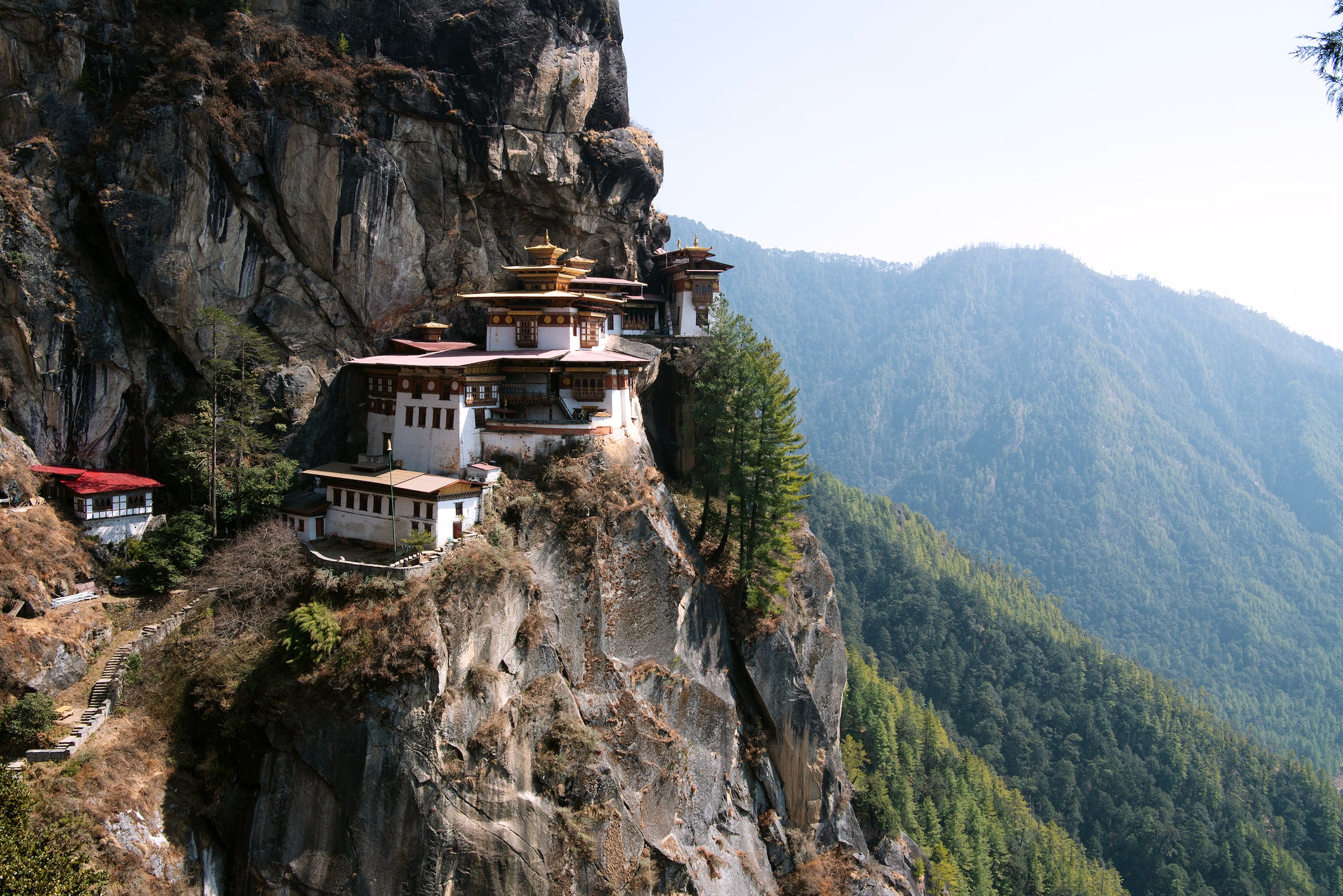
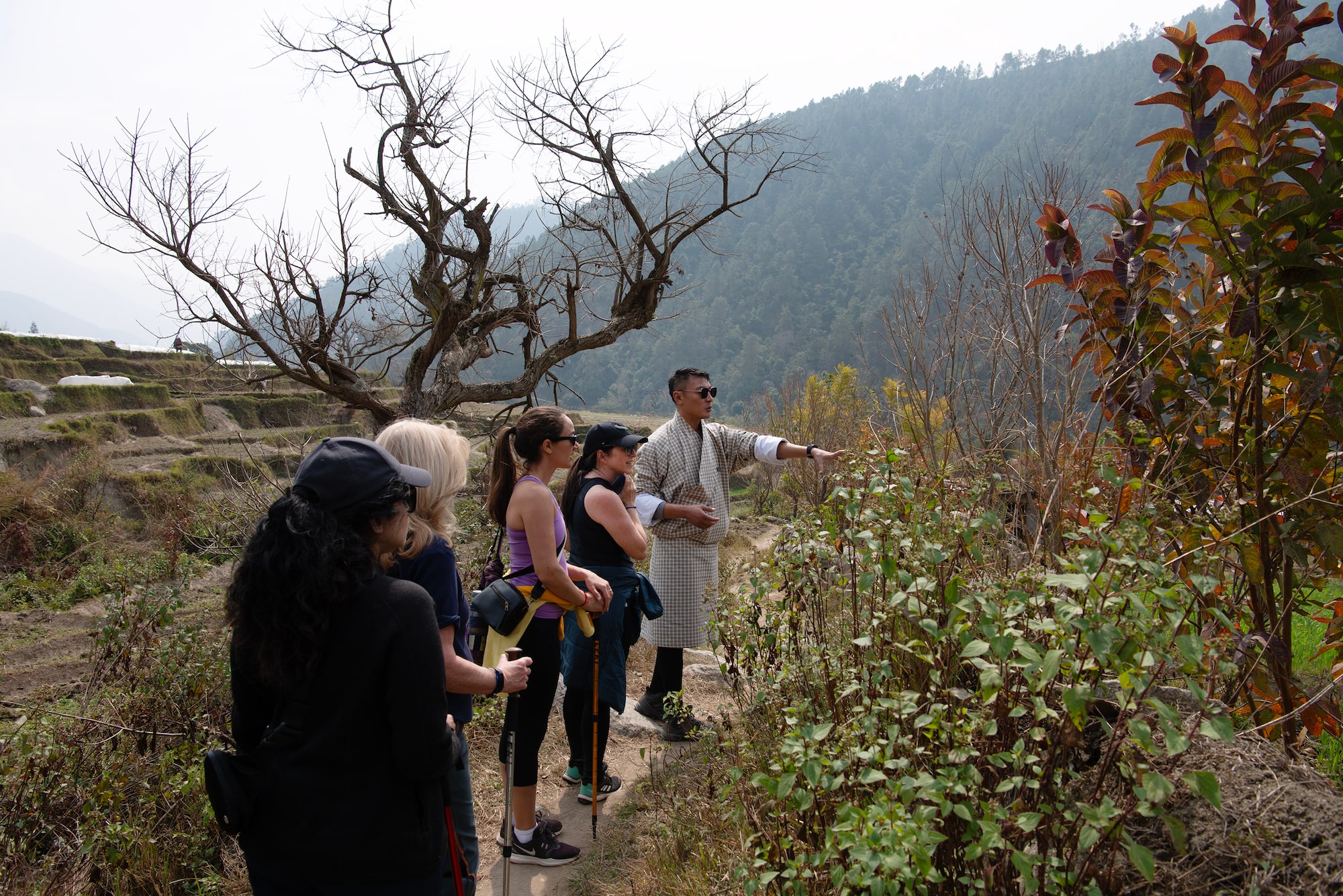
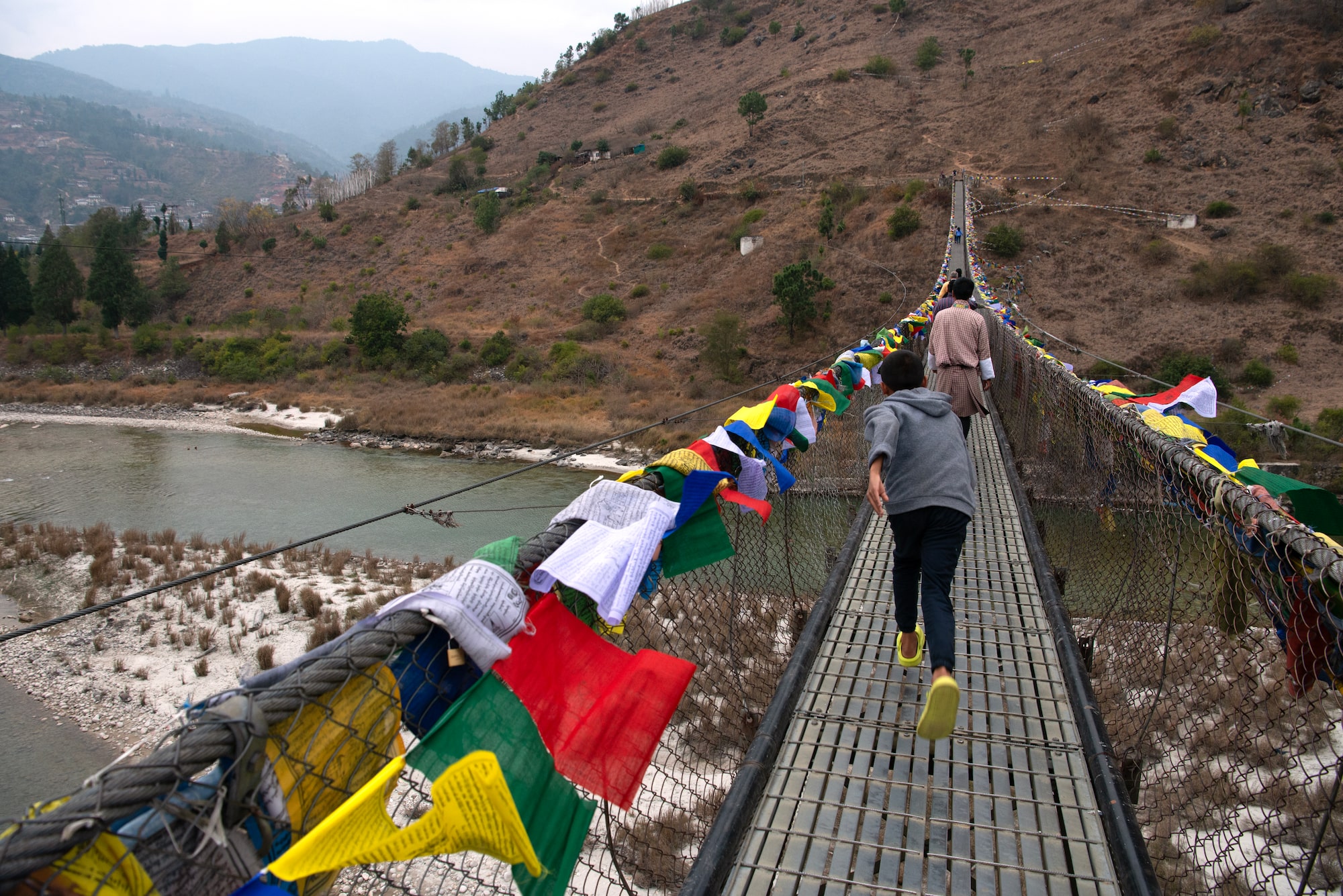
Within an hour of landing at Bhutan’s Paro airport, I found myself on the side of the highway at Tachog Lhakhang, a temple resting at the base of a mountain. We couldn’t go inside because it was closed for renovations but there was still so much to see.
FIRST PERSON: The Tiger’s Nest Monastery is in my backyard. I try not to take that for granted
To reach the temple, there’s an iron chain suspension bridge built over Paro River and secured by traditionally built gatehouses with whitewashed walls and windows framed with interlocking, elaborately carved and painted wood that makes the structure stand out against rolling hills and a valley that descended as far as I could see. The bridge swayed slightly as we crossed, the river below my feet gently babbled and the morning haze still lingered in the sky, shielding some mountains while exposing others, adding to the mystique of this remote country. Awestruck, I wondered how I could possibly fit all I was seeing into one frame. But I tried anyway.
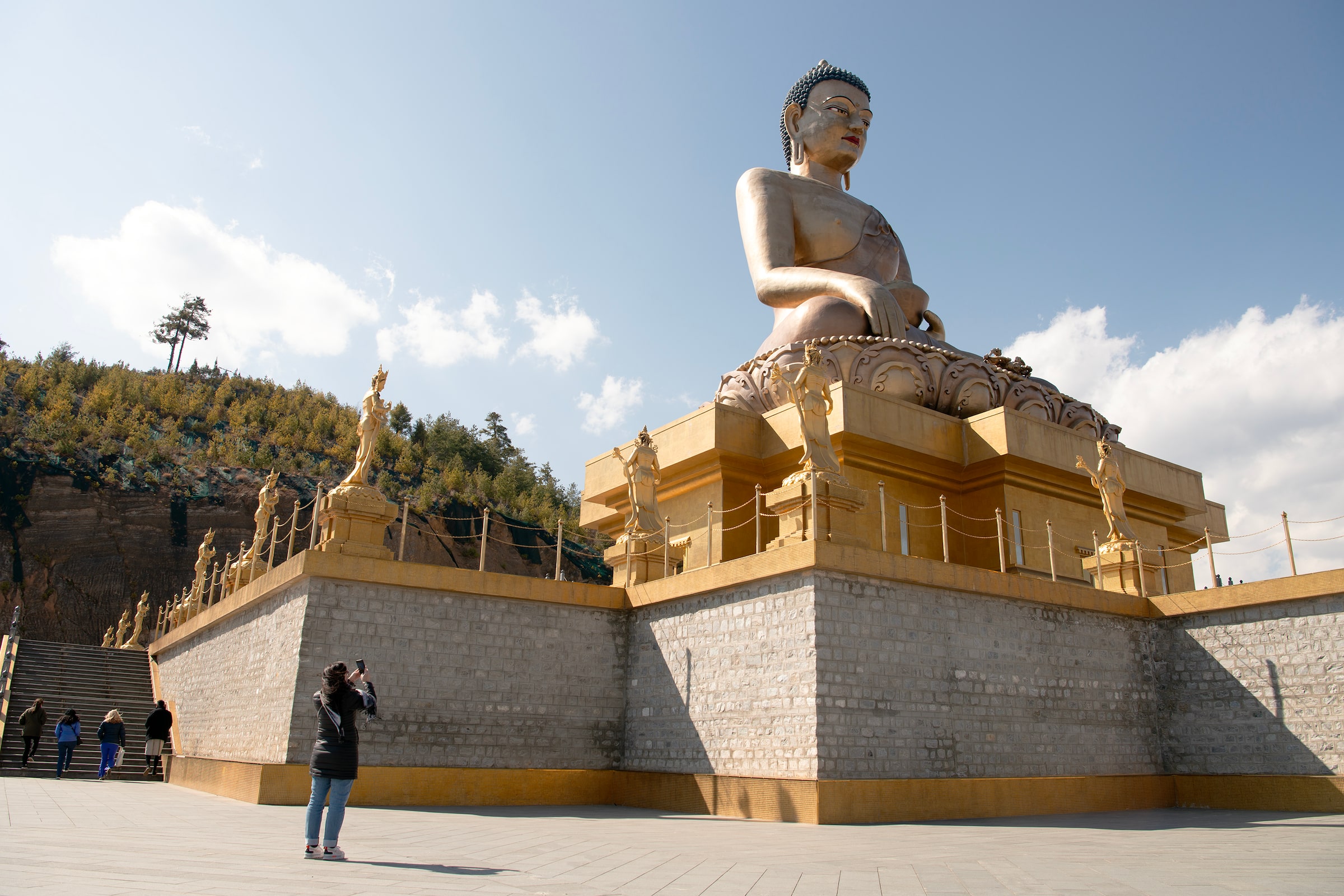
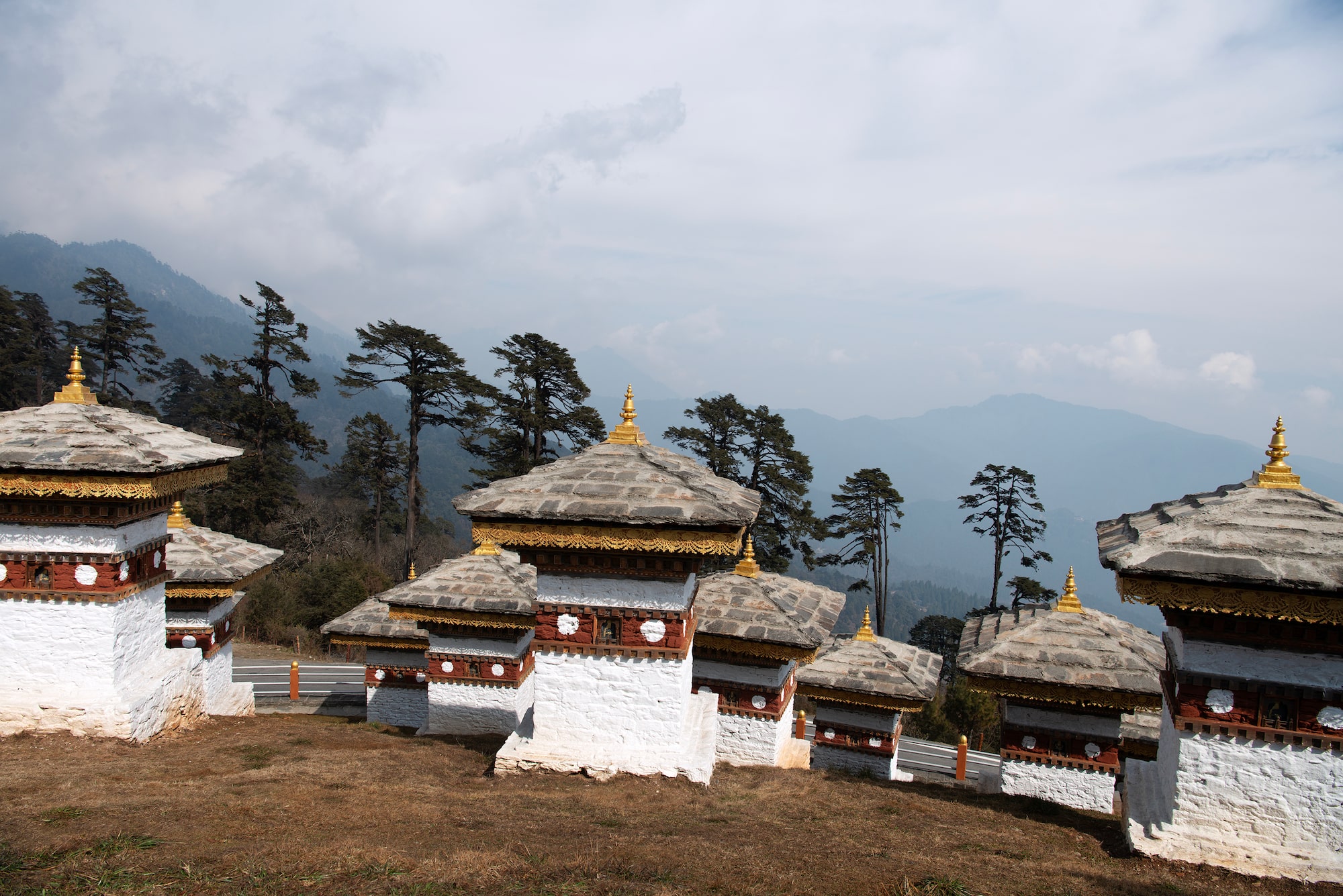
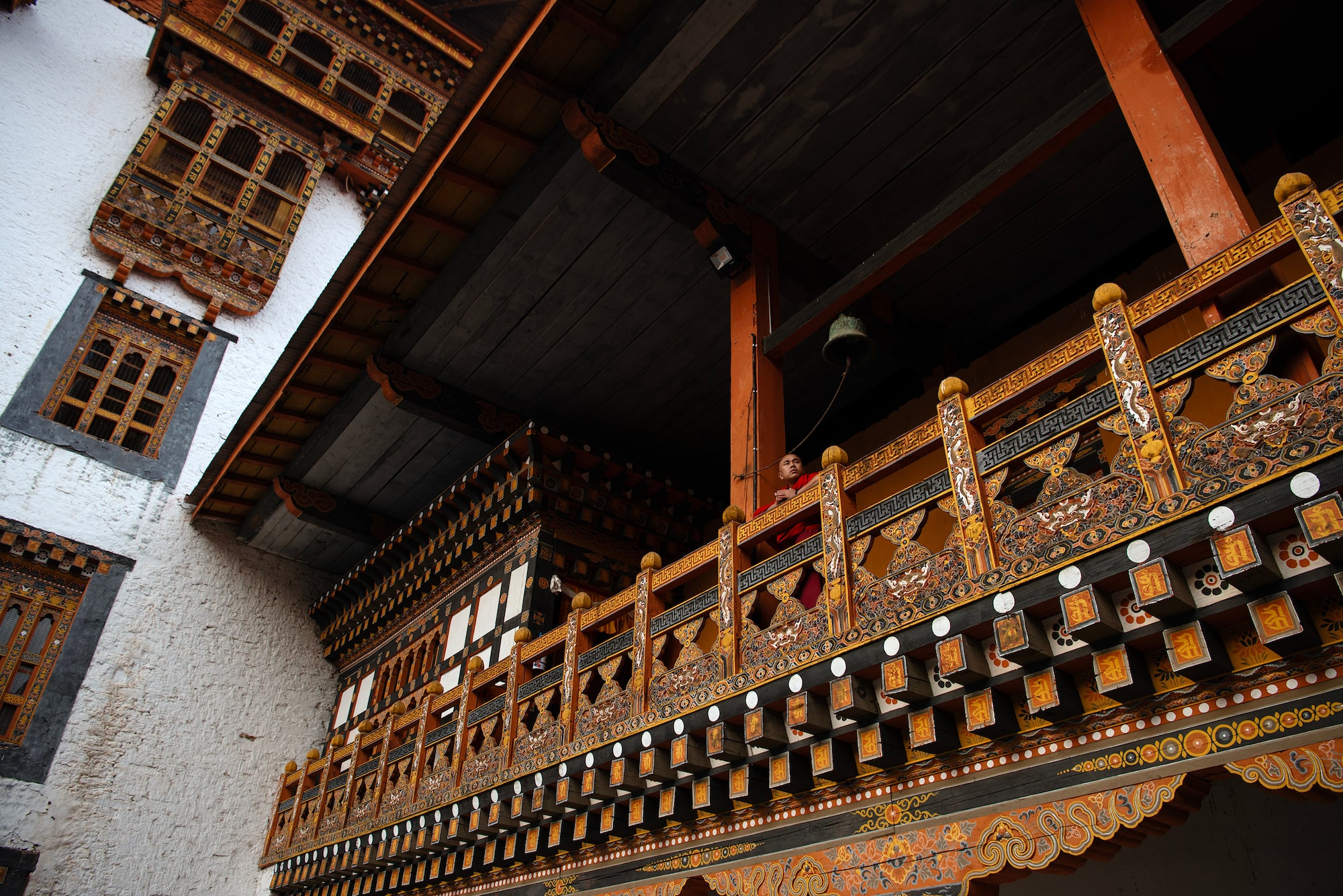
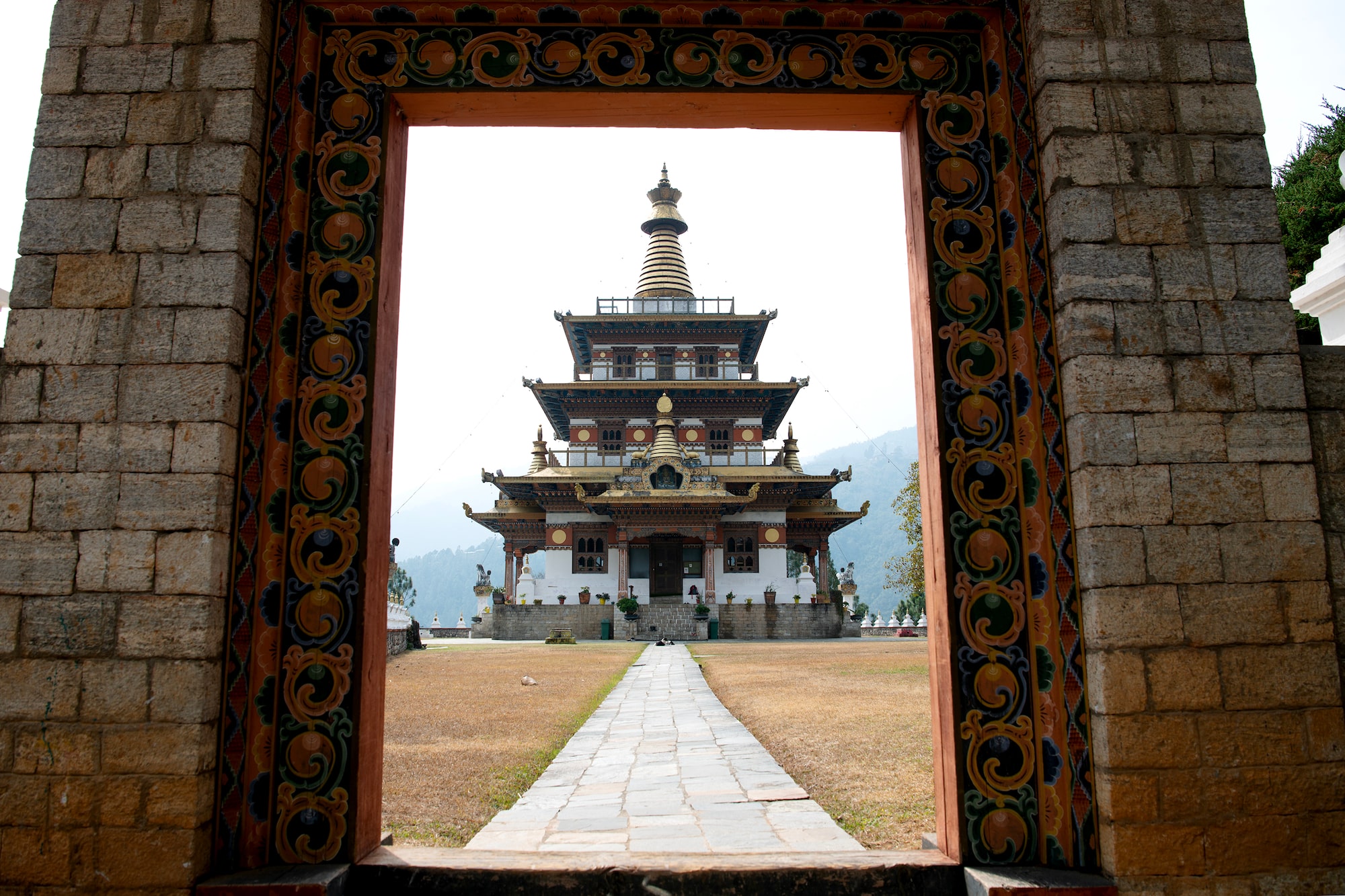
As a photographer travelling through Bhutan, I felt a pull I’ve never experienced before: I was torn between raising my camera to compose a photo or allowing myself to be immersed in the moment. Prayer flags fluttered on every hillside and were somehow strung across wide gorges, making a pleasing sound as they snapped back and forth in the wind. Buddhist prayer wheels were equally as prevalent around the country and a bell rang to let you know someone nearby was spinning it – always clockwise.
Hiking in Bhutan brought me a whole lot closer to Shangri-la
In many of Bhutan’s most sacred structures, cameras, phones and sometimes bags must be given up and locked away before entering. Watching my guide hand over my camera was painful but it allowed me to find new ways to remember. I have no photos of the intricately painted murals retelling the country’s history that covered every inch of walls and sometimes the ceilings inside the Lhakhangs we toured, but I remember those legends that are so important in Bhutanese culture because my eyes studied every inch of those paintings.
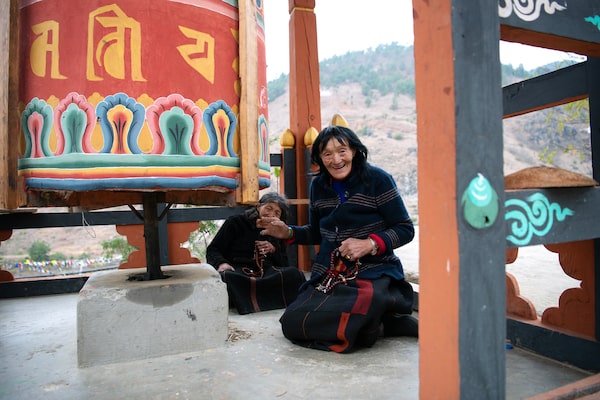
Visitors often come across locals chanting and turning one of the many prayer wheels throughout Bhutan. Spinning a prayer wheel clockwise is said to purify the soul and bring merit. Devotees concentrate, reciting mantras and prayers while it spins.
One morning while visiting the Sangchhen Dorji Lhuendrup nunnery, our guide, who always went ahead of us, hurriedly returned from the building to exclaim that the Queen Mother was inside. To honour her surprise visit, the nuns were reciting a special chant. We were welcomed to sit in the back row and included in an offering of sweet rice. As I ate, I was deeply moved by the soft, melodic voices of about 50 young women that filled the space.
When the chanting came to an end and the Queen Mother rose to depart, I realized the nuns, draped in rich scarlet fabric, were going to exit the temple, too. All I could do was watch from the back row as they swiftly got up, smiling, talking, embracing, and then they were gone. I could only imagine the photo that I could have shot as they stepped into the sun, but the sound of their voices would’ve escaped the frame.
The diversity of experiences during my short time in Bhutan is reflected in these photos – I came home with nearly 2,000 images – but so much of my journey lingers in my memories, long after the shutter had closed.



